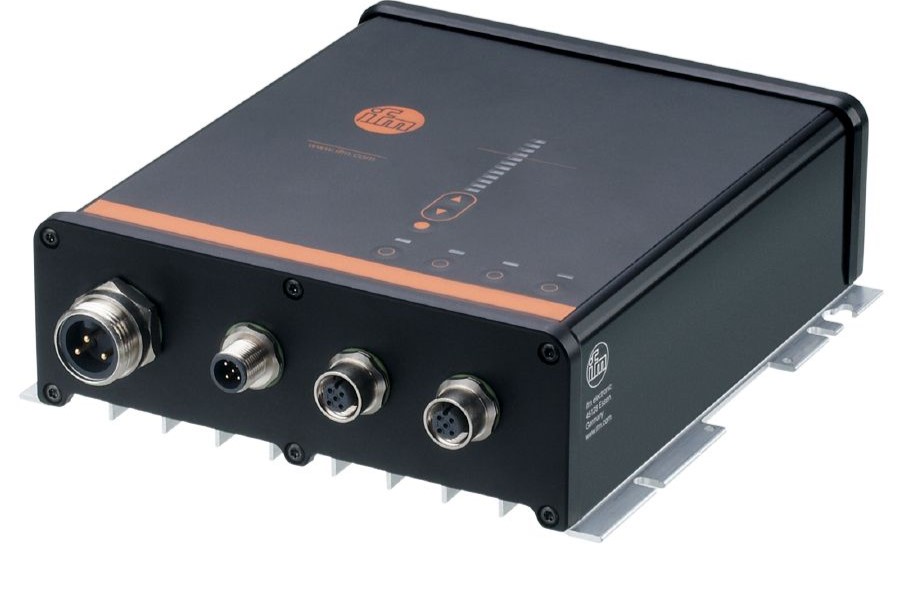Power supplies in the new DN42xx range from ifm electronic have been specifically designed for field mounting in automation applications.
Ideally suited for use in decentralised control systems, the units have an IP67 ingress protection rating which means they do not require an enclosure or other additional protection even when installed in harsh or demanding environments, such as those where equipment washdown cleaning is used.
Three models are available, all of which provide nominal 24 DC outputs. Two models are intended for use with three-phase inputs in the range 380 to 480 V. These have four output circuits, each with two M12 L-coded connectors, and a total continuous rating of 500 W. The models differ in that one has an IO-Link interface. The third model also includes an IO-Link interface but is for use with single-phase inputs in the range 110 to 250 V. This model again has four output circuits, each with two M12 connectors, but these are A-coded and the total continuous rating is 300 W.
All outputs from the units are protected against overload and short circuits by electronic ‘fuses’. These operate independently so that, if one output trips, the remaining three outputs are unaffected. The tripping current is configurable by the user, and the ‘fuses’ are unaffected by inrush currents such as those produced when switching capacitive loads. In addition, the ‘fuses’ can be easily reset, either locally or remotely using the IO-Link connection if equipped.
Pushbuttons on the front of the power supplies allow the output voltage to be fine-tuned to suit specific applications. They also permit adjustment of the electronic ‘fuse’ operating current and allow resetting of the ‘fuse’ after a trip. Colour-coded LED indicators provide a comprehensive overview of the power supply status at a glance.
The IO-Link connection, on models where this is provided, allows remote setting and monitoring of output voltages as well as remote monitoring of currents and trip status. In addition, this connection can also be used to set the trip currents and to reset the electronic ‘fuses’ and to access a supply-side transient counter.



